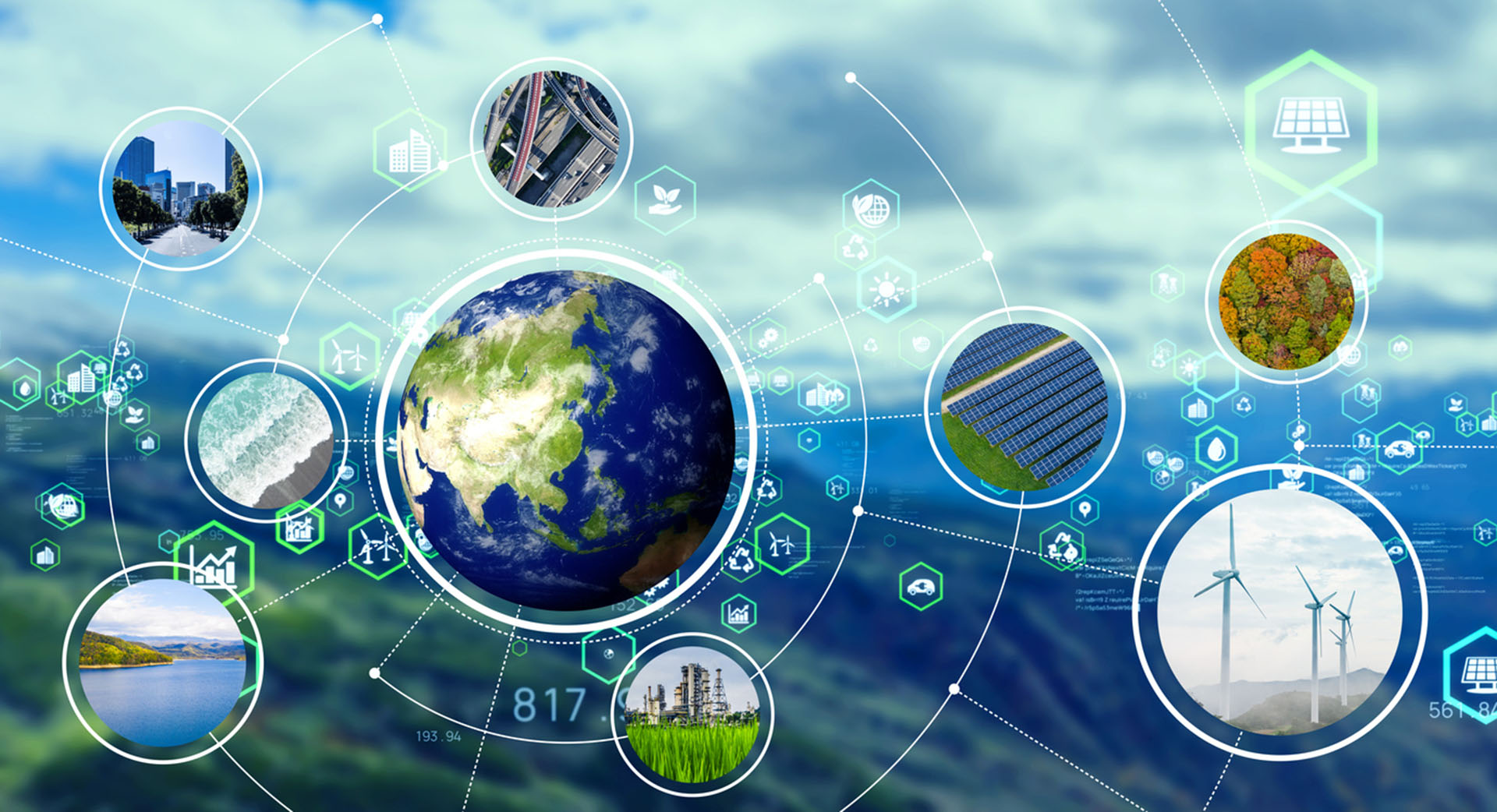The Italian government is promoting renewable energy sources in public buildings, providing they install photovoltaic panels and reduce the pressure on overall national energy consumption, leaving supplies, especially of methane gas, for industrial and more strategic use where it’s impossible to reduce or convert consumptions using local and renewable sources.
The current and future scenario
In Europe the photovoltaic scenario is clear, having reached a new record in 2021: the European Union, in fact, added 25.9 GW of new solar capacity installed in just 12 months, with an increase of 34% compared to 2020. According to prudent estimates, the European solar stock could double in the next 4 years, bringing the total installed capacity to 327.6 GW as soon as 2025, compared to the current 164.9 GW.
This is the ranking of countries which have installed most photovoltaic panels in 2020 and 2021, in Europe. Germany installed the most, along with Spain, Holland, Poland, France, Greece, Denmark, Hungary, Italy and Sweden (source: SolarPower Europe).
Germany is confirmed as the country with the most installations producing energy from the sun, with a total of around 60 GW 715 W per capita. Italy, second in the European classification, but still a long way behind Germany, has a total of around 22 GW installed, but only 364 W per capita, and for this parameter is at tenth place in the European classification by country.
Summing up, in the total production of photovoltaic energy already installed up to 2021, in absolute terms, Italy is in second place in the EU, behind Germany. In the weighted per capita ranking, however, it is behind the Netherlands, which is first with 765 W/capita (reached in 2021), Germania with 715 W/capita and Belgium with 596 W/capita.
Critical aspects of Italy
Italy has a number of critical areas: according to SolarPower Europe, in the medium-term, for the next few years, until the end of 2025, in Germany the growth in photovoltaic power will continue to surge, expecting to reach the record figure of around 50 MW in only 4 years, while Italy risks installing only 7 MW of new panels. In 2020, Italy installed only 0.6 MW and in 2021 0.8 MW of new photovoltaic power.
If SolarPower Europe’s forecast scenarios prove to be correct, Italy will fall in the classification of total photovoltaic energy production and could be overtaken in the next few years by Spain and Holland, and pursued by emerging France. Poland and Denmark are also set to progress very well in the next few years.
As already reported in our Blog post of 12 April 2022, the golden year of photovoltaic energy in Italy was 2011, with an installed power, in only 12 months, of a little under 10 GW, a truly exceptional figure which optimistically must be seen as an achievable objective also in the next few years.
Optimistically, it’s to be hoped that our country, able to achieve the extraordinary performance of 2011, is equally able to reconfirm its exceptional dynamism and capacity for growth, managing to exceed even the best forecasts.
At the level of the EU’s policy strategies, it should be said that, until and including 2020, Italy demonstrated an acceptable level of installation and use of renewable sources, with 20.4% of gross consumption, exceeding European Community targets, not reached to the same degree by France, with 19.1%.
Measures for businesses
The Italian Government needs to propose measures that lighten the weight of heavy energy bills for energy-intensive industries and which concretely stimulate private investments over the next few years so as to enable strategic price controls for the stability of energy costs. This will be achieved through the self-consumption of renewable energy sources, such as photovoltaic and wind power, which are easy to install in an effective and efficient way on large-size industrial areas and on the roofs of industrial buildings.
Thanks to the PNRR, an allocation of 1.1 billion euros for agri-voltaic systems is expected, which should contribute to both electricity production and the optimization of the irradiation of surfaces intended for certain types of crops.
As already mentioned, Italy is also a long way behind other European countries with regards to electricity storage which, combined with photovoltaic and wind power, could support an effective energy transition and the replacement of non-renewable fossil fuels in the production of electricity.
It will be extremely important for the Italian Government to continuously monitor the progress of measures to support renewable energy so as to urgently intervene, when necessary, with executive and legislative changes.
Conclusions
In Italy the 110% fiscal bonus scheme has triggered high demand for photovoltaic systems, but bureaucracy and the necessary public permits have so far led to disappointing concrete results in terms of new photovoltaic systems installed in Italy. Delays of up to 6 years are estimated, and the current Government is seeking to limit bureaucratic timeframes to 2 years.
A reduction of bureaucratic procedures is certainly needed for renewable sources in Italy, not only for environmental reasons, to limit climate change and smog, but also for possible strategic benefits, energy independence and price stabilisation, necessary at this time of crisis in supplies of methane gas, which is arriving at extremely high levels due to the geopolitical conflict between Russia and Ukraine.
The good results achieved by other European countries must optimistically lead to planning and action for similar projects for photovoltaic energy in Italy.
Reinova once more proves to be a technologically innovative enterprise, also in the production of photovoltaic energy, with panels installed in record time on its roof in Soliera. Reinova can follow its partners in their development of the self-production and self-consumption of photovoltaic electricity, as part of the ecological transition.
English glossary
NECP – National Energy Climate Plans
PV – Photo Voltaic
